Category: Database
-

PostgreSQL 16: New Features Every Developer Should Know
PostgreSQL 16, released in September 2023, represents a significant step forward for this powerful open-source database system. With improvements spanning performance optimization, developer experience, and advanced capabilities, this version brings several noteworthy enhancements that can dramatically impact how developers build and maintain data-intensive applications. Performance Enhancements Parallel Query Improvements PostgreSQL 16 takes parallel processing to…
-
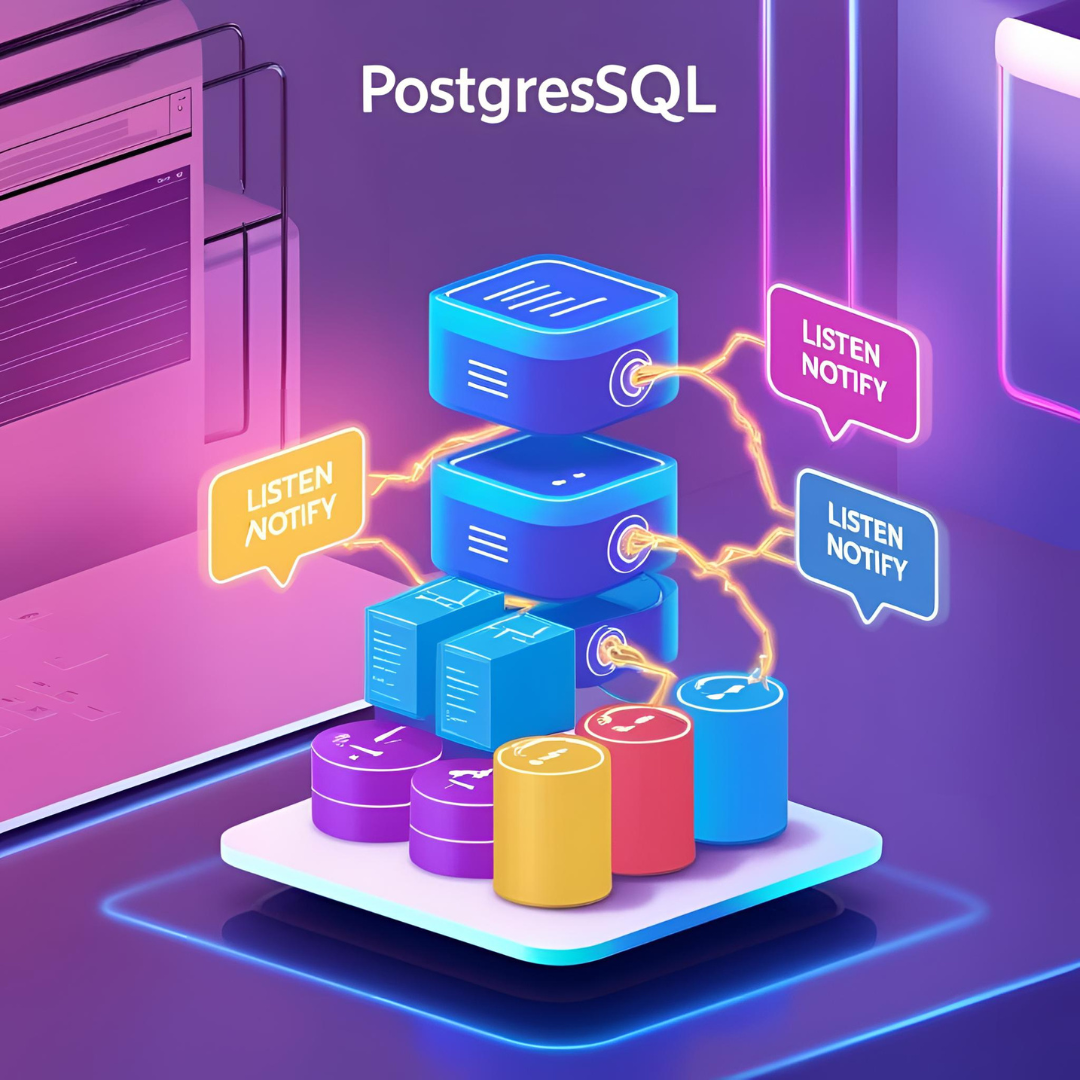
Real-Time Data with PostgreSQL: Using LISTEN/NOTIFY for WebSockets
Modern web applications increasingly demand real-time data updates to provide responsive and dynamic user experiences. While traditional polling mechanisms have been the go-to solution for years, they’re inefficient and resource-intensive. PostgreSQL offers a powerful alternative through its native pub/sub capabilities with the LISTEN/NOTIFY mechanism, which pairs elegantly with WebSockets to deliver true real-time data flow.…
-
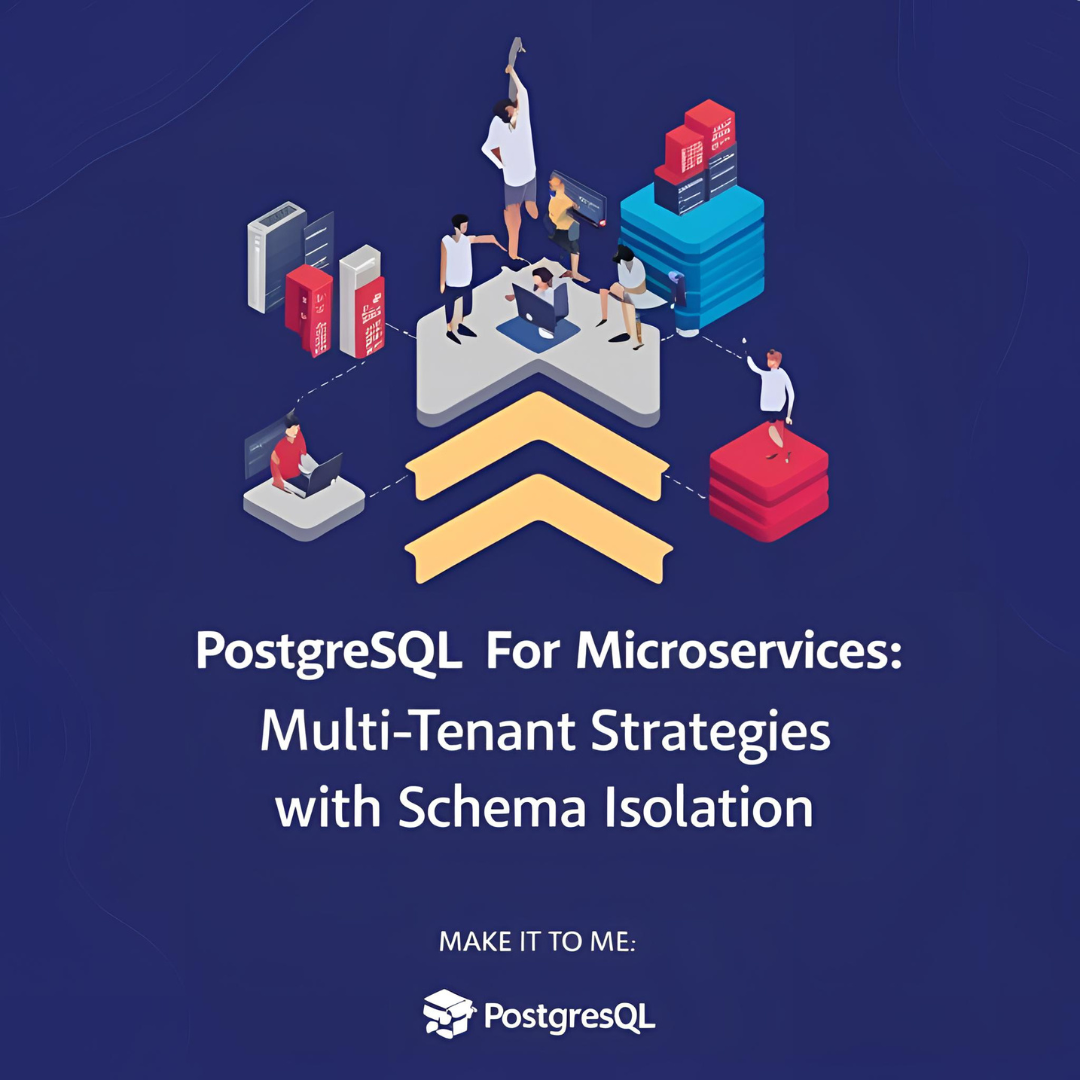
PostgreSQL for Microservices: Multi-Tenant Strategies with Schema Isolation
In today’s cloud-native landscape, microservices architectures have become the standard for building scalable, maintainable applications. When implementing multi-tenant systems within this paradigm, PostgreSQL offers powerful capabilities through schema isolation that deserve special attention. Schema isolation provides a balanced approach between complete database separation and shared-table architectures, giving each tenant their own namespace while maintaining database-level…
-
Unlocking PostgreSQL’s Power with Extensions (pg_stat_statements, TimescaleDB, etc.)
PostgreSQL is already one of the most powerful open-source relational databases, but its true potential is unlocked through extensions. These add-ons can supercharge your database with specialized functions, performance monitoring, and even turn PostgreSQL into a time-series or geospatial database. Why Use PostgreSQL Extensions? Extensions allow you to: Essential PostgreSQL Extensions 1. pg_stat_statements – The…
-

Building High-Concurrency Apps with PostgreSQL and Golang
In today’s world of microservices and distributed systems, building applications that can handle high concurrency efficiently is essential. PostgreSQL and Golang make for a powerful combination when it comes to developing such systems. This post explores strategies, patterns, and best practices for leveraging these technologies to create robust, high-performance applications. Why PostgreSQL and Go? Before…
-
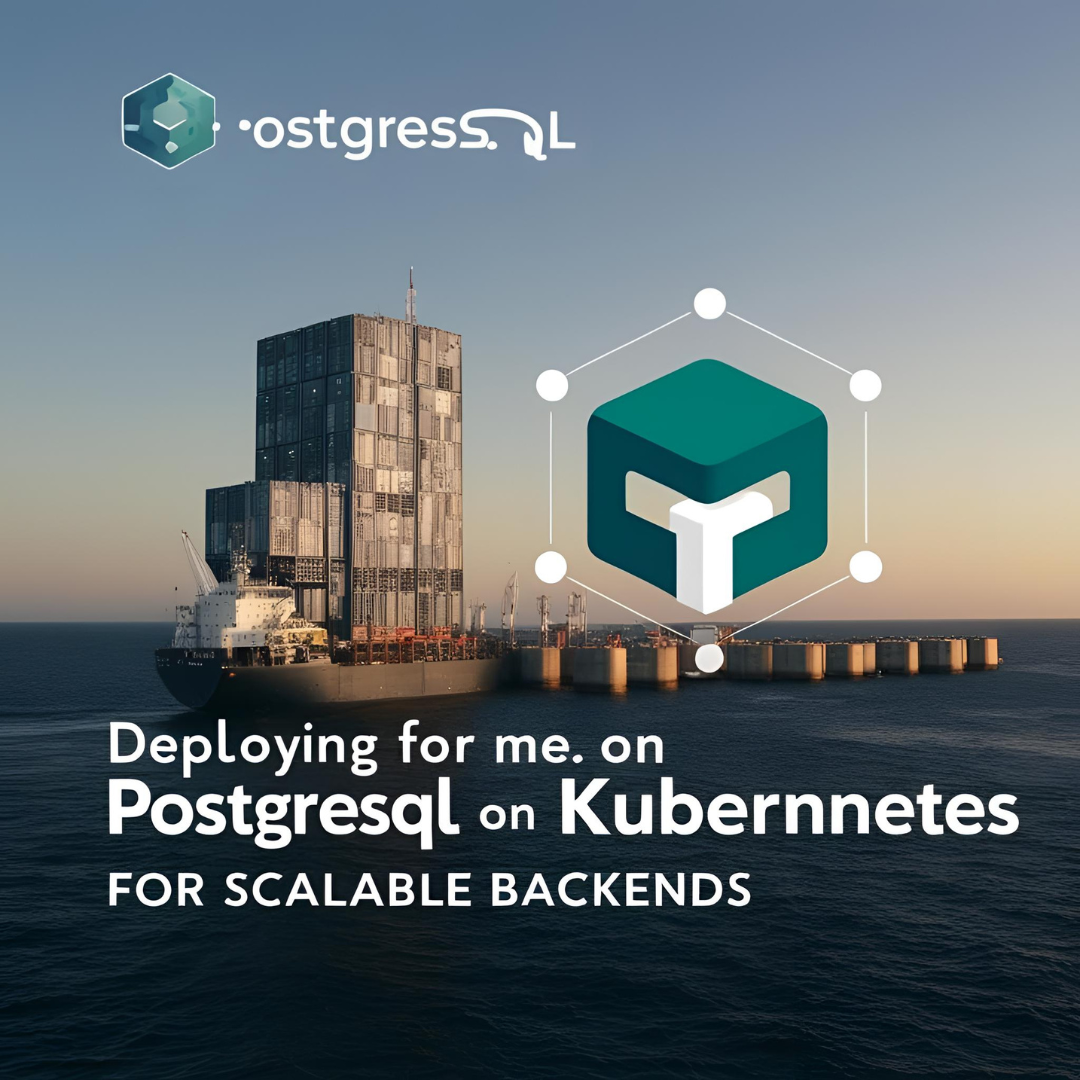
Deploying PostgreSQL on Kubernetes for Scalable Backends
Kubernetes has become the de facto standard for container orchestration, providing a robust platform for deploying stateful applications like PostgreSQL. This guide explores how to effectively deploy, manage, and scale PostgreSQL on Kubernetes to build resilient, high-performance database backends. Why PostgreSQL on Kubernetes? Deploying PostgreSQL on Kubernetes offers several advantages: Deployment Options There are three…
-
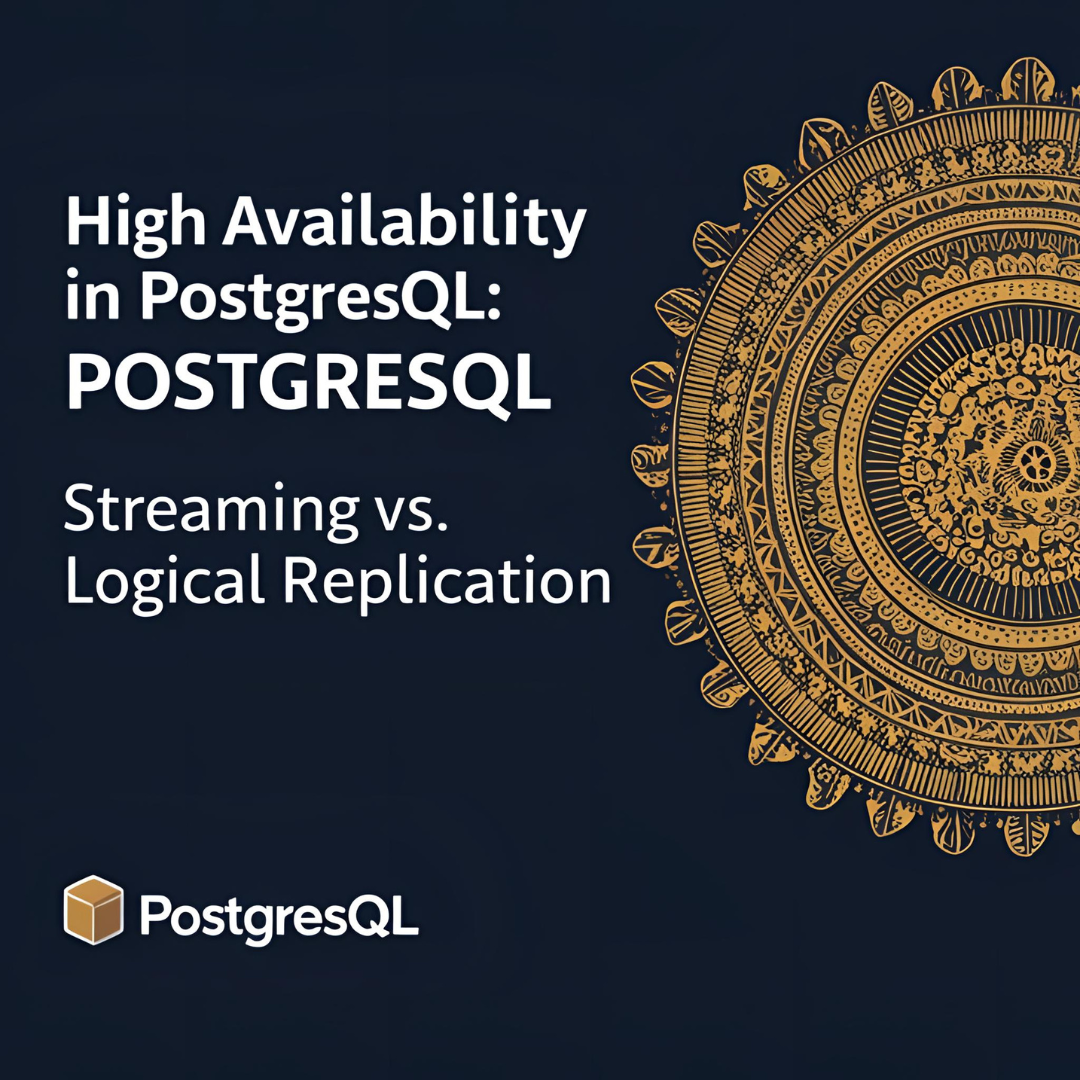
High Availability in PostgreSQL: Streaming vs. Logical Replication
PostgreSQL offers robust replication capabilities that are essential for building high availability database infrastructures. Two primary replication methods stand out: Streaming Replication and Logical Replication. Each serves different use cases and comes with distinct advantages and limitations. This post explores both approaches to help you choose the right solution for your high availability needs. Understanding…
-

PostgreSQL Partitioning: Strategies for Large-Scale Data (Time-Series, Sharding)
PostgreSQL offers powerful partitioning capabilities that can dramatically improve performance and manageability when dealing with large-scale data. This post explores key partitioning strategies with a focus on time-series data and sharding techniques. Why Partition Your PostgreSQL Tables? Partitioning large tables provides several benefits: PostgreSQL Partitioning Methods PostgreSQL supports three primary partitioning methods: Time-Series Partitioning Strategy…
-
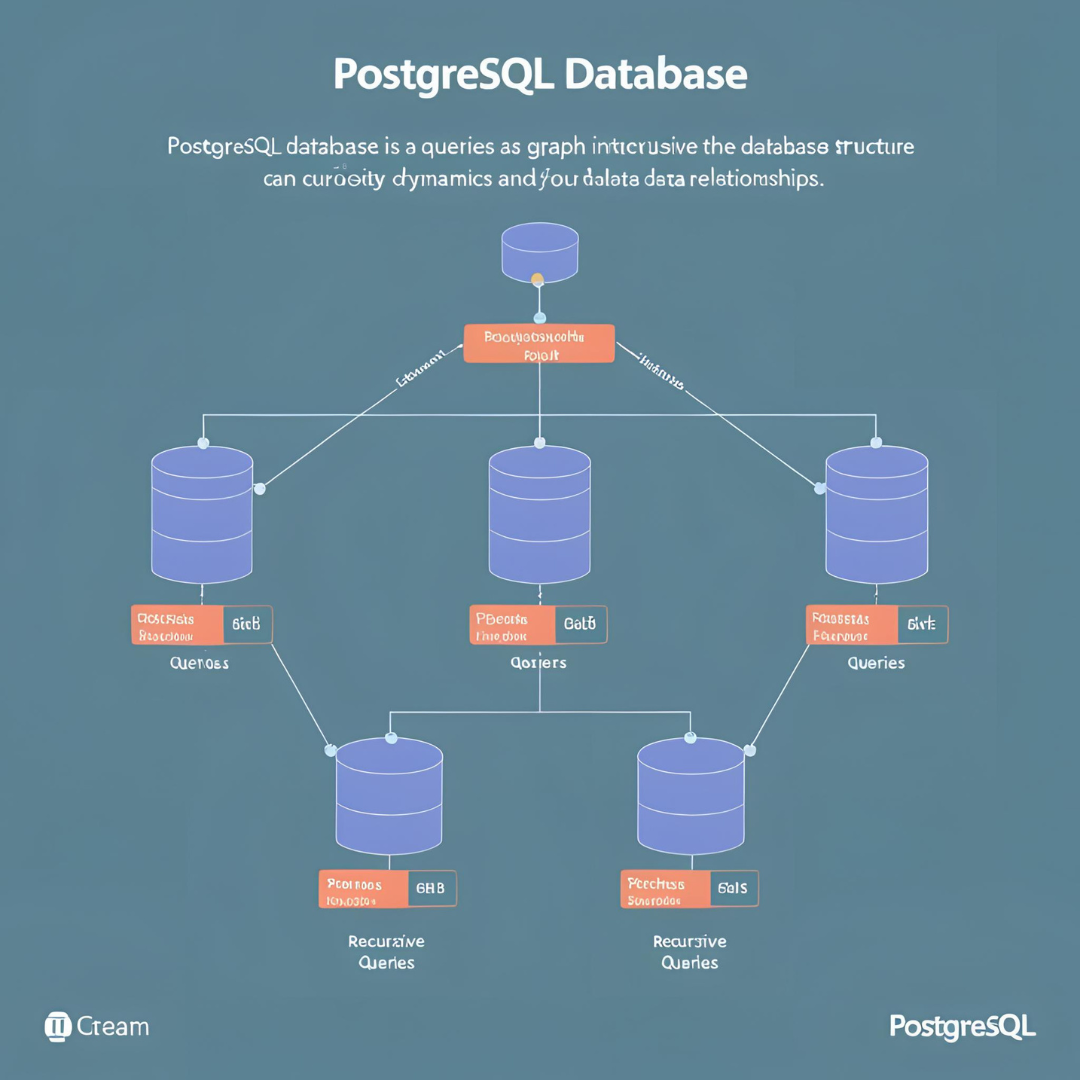
PostgreSQL as a Graph Database: Recursive Queries for Hierarchical Data
While dedicated graph databases like Neo4j and ArangoDB have gained popularity for working with interconnected data, PostgreSQL—a traditional relational database—offers powerful capabilities for handling hierarchical and graph-like data structures. At the heart of this functionality is PostgreSQL’s implementation of Common Table Expressions (CTEs) and recursive queries, which allow you to traverse hierarchical relationships efficiently without…
-

Full-Text Search in PostgreSQL: Is It Better Than Elasticsearch?
In the world of search technologies, developers often face the choice between using a dedicated search engine like Elasticsearch or leveraging the built-in search capabilities of their existing database system. PostgreSQL, known for its robust feature set, offers powerful full-text search functionality that might make you question whether you need Elasticsearch at all. Let’s dive…
